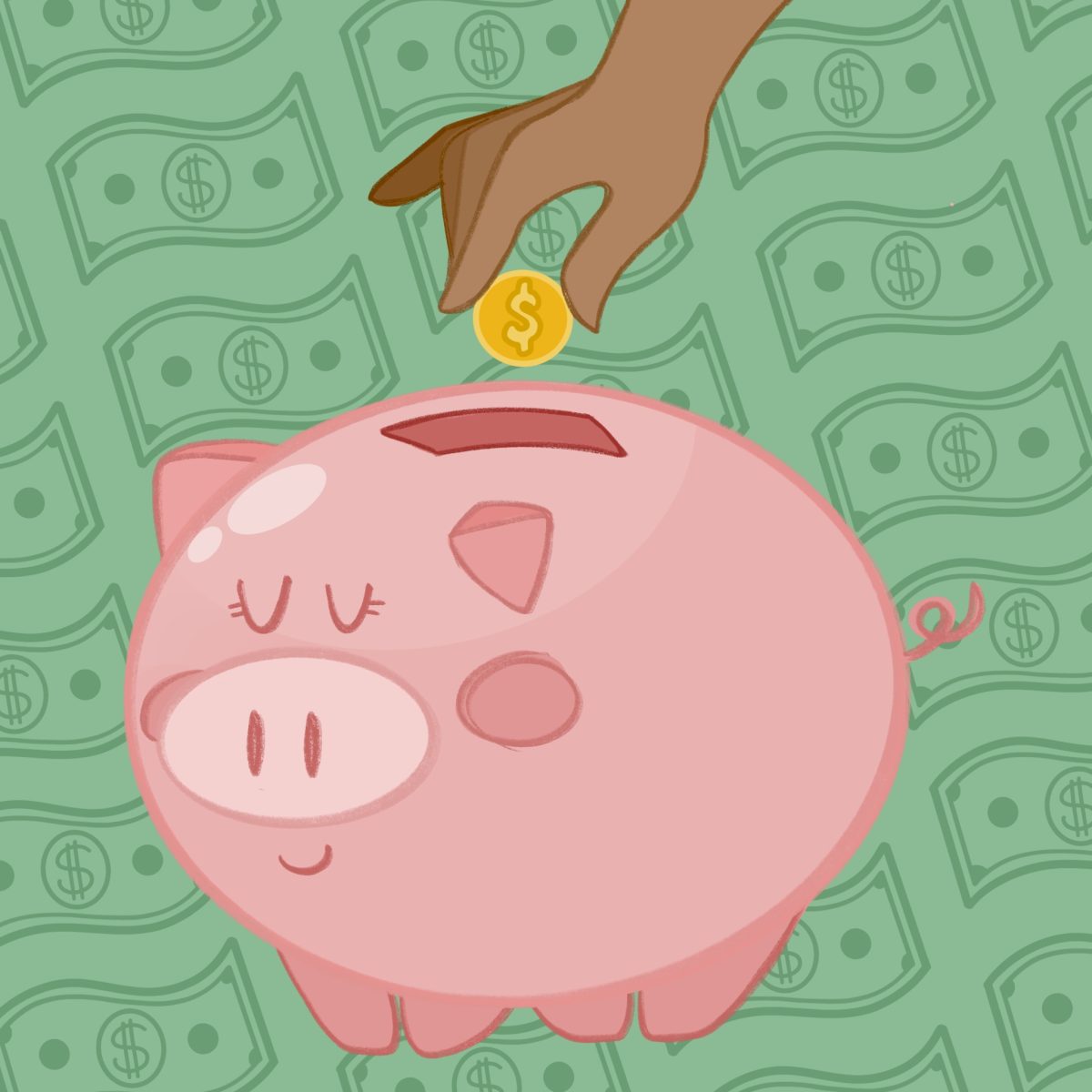Perhaps one of the most difficult things people encounter in life is becoming independent. Independent from parents, independent from teachers, and independent from the safeguards we have in our lives to fall back upon. And for so many, the transition between high school and one’s independent future can result in a great deal of uncertainty. However, with universal access to financial literacy classes, students are more likely to make decisions that help them succeed. But with dwindling access to personal financial education, highschool students have been curbed of an equal playing field.
Campolindo currently offers economics as a semester-long course that can be taken in the AP format as well. However, while the class does teach students basic microeconomic principles and a general understanding of the way the global economy operates, it does not provide a comprehensive and personalized course on how one can navigate the world of finance on an individual level. Dino Petrocco, who teaches Government and Economics as well as AP Comparative Government explained, “It’s a pretty foundational class. We talk about supply and demand, market structures, the role of the government and the economy, externalities, and things like that.” And while economics is a required class for highschoolers in the state of California, few schools offer additional courses dedicated specifically to personal finances. According to a News Release from the California Department of Education in March of 2023, “Only 27% of California high school students attend schools that offer personal finance classes” (Thurmond).
The same press release by the CDE also outlined the importance of financial literacy, “Research shows that students who have access to high-quality financial education have better financial outcomes as adults that result in less debt and a higher quality of life.” In fact, numerous studies add that people who are financially literate are more likely to have a checking account, rainy day funds, and invest in stocks than a financially illiterate person.
Senior Abigail Chen started the financial literacy club last year. She said, “I think a lot of young kids, especially in high school, don’t know a lot about finance and investing. If people don’t know how to do their taxes, [my club] could give them some idea of how they should do that or how they can manage their funds.”
And for so many highschool students about to enter the real world, foreign concepts such as how we live in a capitalist economy really doesn’t really translate well into the situations young adults may face. When it comes to credit card debt, student loans, and paying for meals, the difference between learning about economic structures in economics and how to make your money grow in financial literacy become apparent.
As highschool counselor Duane Magno explained: “The more that we can prepare students for the road ahead and financial responsibility, the more prepared they are as they leave and start the next chapter of their lives.”
However, judging that Campo already has both economics and financial literacy clubs thanks to bright minds like Chen, it is further crucial that we can extend financial education to others across the country and world who may not be as fortunate. According to Petrocco, making foundational classes like Economics required in more areas of the world would help. Chen added that programs like the UPenn investment competition and others would help make a larger impact if we could “expand them to younger audiences.”
Magno, who advises the Investment Club at Campo explained, “There’s also a bunch of online resources and tools that students can explore. I also think that the more you have students who are interested in and willing to go ahead and take on some ownership of gathering students to make good clubs the more that information will spread.”





Mari Doyle • Mar 2, 2024 at 5:46 am
I came across your article when searching for a tag line to promote a financial literacy “station” at an upcoming literacy fair in my school district in The Bronx, NY. Please know that this article was shared with the vendor so they get a fuller sense of the impact of their work. Kudos.